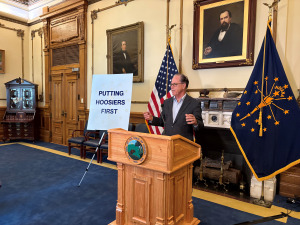
Braun names 3 new members for Indiana utility oversight board
Gov. Mike Braun has said he wants his new picks for the Indiana Utility Regulatory Commission to work to lower energy costs for Hoosier businesses and families.

Gov. Mike Braun has said he wants his new picks for the Indiana Utility Regulatory Commission to work to lower energy costs for Hoosier businesses and families.
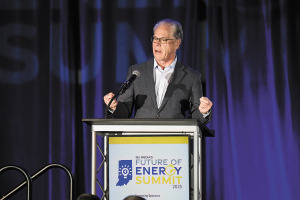
Gov. Mike Braun has made energy a centerpiece of his first year, but his focus isn’t only about generating more electricity to feed growing demand from economic development. He also wants to lower the price of power for business and residential consumers.
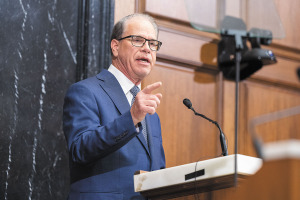
Speaking at the IBJ’s Future of Energy Summit, Braun kicked off discussion of how lawmakers, utility companies and businesses can work together to usher Indiana through a unique time when energy demand is skyrocketing and affordability concerns are at the forefront of Hoosier minds.

The IURC has a five-member board that hears cases on a variety of issues, including utility construction projects, rate hikes, financing and environmental compliance.

Under the agreement, Duke Energy would be able to solicit interest in the existing coal units at its Cayuga Generating Station after two proposed gas units are placed in service in 2029 and 2030.

The process of selecting IURC board members usually doesn’t draw much attention, but that’s changed in the last year as rising utility rates and conversations about data centers make news.
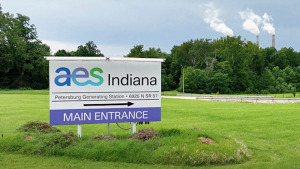
The signatures of President Vop Osili and several other councilors were missing from a letter released last week.

The Indiana Utility Regulatory Commission Nominating Committee’s members met in executive session Monday and reviewed 47 applications for three open seats on the five-member commission.

More than half of the 25-member Indianapolis City-County Council signed a public letter opposing the proposed deal, saying AES Indiana “continues to fall short on service.”
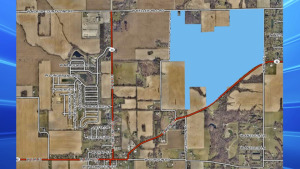
If the data center operates at around 90% of its capacity over a full year, it would use nearly twice the amount of electricity used by all AES Indiana residential customers in 2024, according to federal filings.

The Indiana Office of Utility Consumer Counselor and the Citizen’s Action Coalition both said a settlement plan over electricity rates between AES Indiana, the city and numerous large businesses was not acceptable.

BlackRock’s interest in AES represents a growing trend of private equity firms investing in, or buying outright, public utility companies as artificial intelligence fuels increasing electricity demands.

The newly appointed Indiana Utility Consumer Counselor didn’t stop there—the office also recommended a multimillion-dollar reduction of the utility’s current base rate.

The Indiana Court of Appeals overturned an Indiana Utility Regulatory Commission decision allowing Duke Energy to raise utility rates on Hoosiers, with the court ruling the utility couldn’t retroactively recover the money it lost due to a federally mandated cleanup of toxic coal ash.

If the proposed increases are approved, customers will see a 7.2% hike in the second quarter of 2026 and then about a 6% increase in January 2027. Those are on top of a 6% increase for previously approved projects in 2026.

The legislation would add a new permitting process for utility developers looking to move large amounts of water to support their projects.

Supporters hold up nuclear power as more efficient and cleaner, but say the cost to get that power connected to Indiana’s grid is too great to be borne by utility companies alone.

Customers will see a rate increase of about 5.4% between 2026 and 2031 if Duke receives approval to add to electricity rates over time rather than at once.

The Indiana Utility Regulatory Commission, or IURC, gave approval for an increase of $395.7 million a year for rates and charges, down from the $491.5 million hike requested by Duke—a decrease of 19.5%.

Ryan Heater has served as the IURC’s staff chief since 2019, but he’ll soon head to Indiana Electric Cooperatives to be the group’s vice president of government relations.